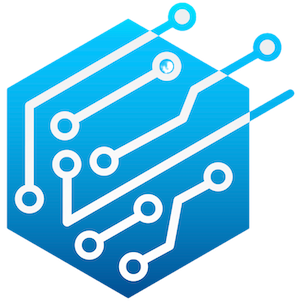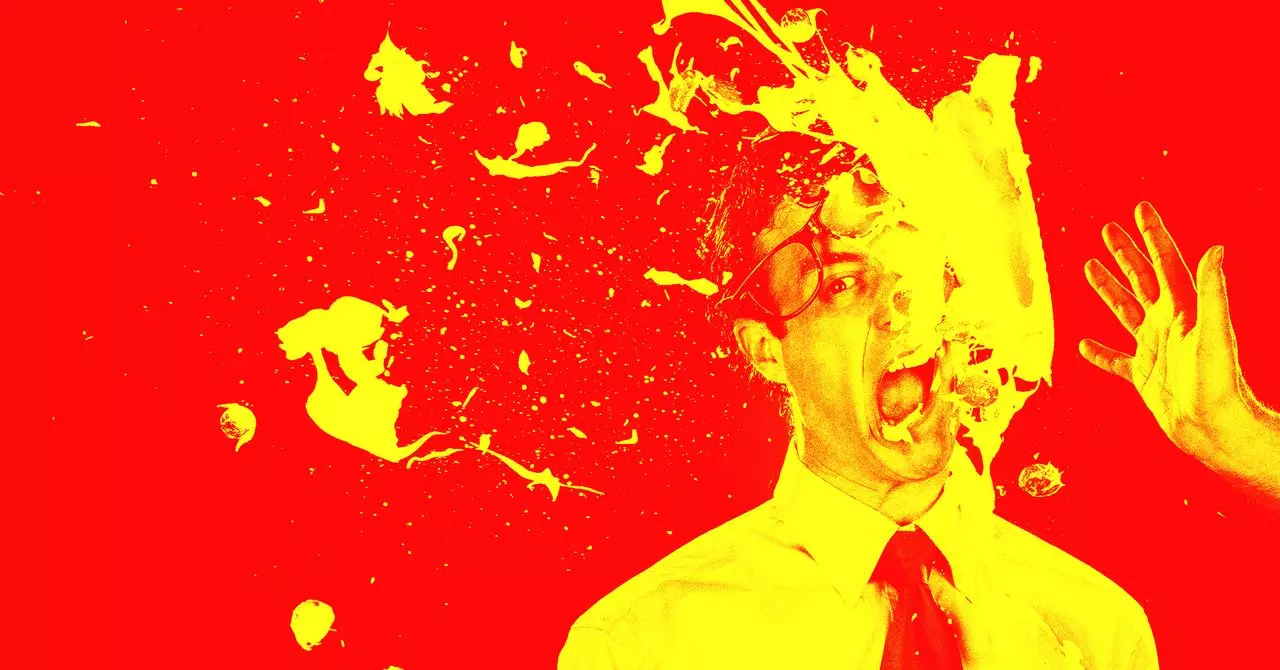Duolingo’s early success in connecting with young users through engaging social media content was an impressive feat. The brand’s adorable green owl mascot became a beloved icon, sparking viral memes and establishing a loyal community of daily users. This savvy social media presence made Duolingo a standout in the crowded language-learning market. However, this favorable public image faced a stark reversal when the company announced a strategic pivot toward becoming an “AI-first” organization, intending to replace certain contracted tasks with generative AI tools. The very audience that once celebrated the brand turned critical, often publicly denouncing the company on TikTok and Instagram, with many deleting the app despite personal investment in their progress streaks. This shift in sentiment signals not only a reaction to Duolingo’s specific decision but also illustrates a wider cultural resistance to the accelerated automation of jobs.
Automation Anxiety and the Human Cost
The outrage directed toward Duolingo highlights a deep unease about the role of AI in the workforce. Users laments focused heavily on the ethical implications of replacing human contractors with algorithms. This discomfort isn’t isolated to Duolingo; it echoes across sectors where similar tech giants—like Klarna and Salesforce—have also announced plans to reduce human roles in favor of AI-driven efficiency. Employees and users alike worry that automation will strip away livelihood opportunities, reduce the quality of jobs, and diminish the human touch that remains crucial in customer service and creative endeavors. The fear isn’t merely about job loss but a broader sense of erosion of human participation and value in workplaces increasingly dominated by AI intermediaries.
Beyond Job Displacement: Compounding Concerns About AI
While employment disruption is a significant anguish point, the critique of generative AI runs much deeper. Users and critics have raised alarms about inaccuracies and errors in AI outputs, which can mislead or frustrate rather than help. Furthermore, the environmental costs of training massive AI models—requiring enormous computational power and energy—present a rarely addressed but pressing problem. On a psychological level, there are emerging concerns about how constant interaction with AI could affect mental health, especially if users develop unhealthy dependencies or face discouragement from flawed AI interactions. Perhaps most vocally contested is the rampant use of copyrighted material in training AI systems—a practice many creatives argue is exploitative. Artists, writers, and filmmakers have united in various protests and strikes, decrying the extraction of their work without consent or compensation, culminating recently in multiple high-profile lawsuits.
A Nostalgic Glimmer Fades Into Unease
The initial wave of enthusiasm when ChatGPT and similar AI tools debuted around late 2022 was palpable. These technologies promised creative freedom—allowing anyone to generate illustrations, stories, or complex answers with ease. The novelty of tasks like generating whimsical cartoons or assisting with content creation captivated the imagination. However, the shiny allure quickly lost its luster as the darker implications came into view. The creative community’s pushback revealed that the technology’s foundation was built partly on the uncompensated labor of human creators. This reality injected a moral dilemma into what had seemed like innocent fun. The Hollywood writer’s strike and ongoing intellectual property disputes underscore a profound fracture between the enthusiasm for innovation and the quest for fairness and accountability.
The Cultural Moment: Aligning With Workers’ Rights Over Technological Hype
We are witnessing an important cultural recalibration regarding how society values human labor relative to artificial substitutes. The backlash against companies like Duolingo isn’t simply nostalgia for analog days but a clear call to weigh the human and ethical costs embedded in the rush to automate. AI’s future is often touted with techno-optimistic narratives emphasizing efficiency, innovation, and new possibilities. Yet, this optimistic narrative tends to gloss over the precarious realities workers face and the creative community’s fight for recognition. In many ways, the current climate reflects a collective reevaluation of these issues, favoring the voices of those directly impacted over glossy marketing campaigns. This evolution in public sentiment suggests that sustainable AI integration needs to reckon more earnestly with social implications rather than pursue automation at any cost.


Leave a Reply